Cern researchers win $3 million prize for discovery
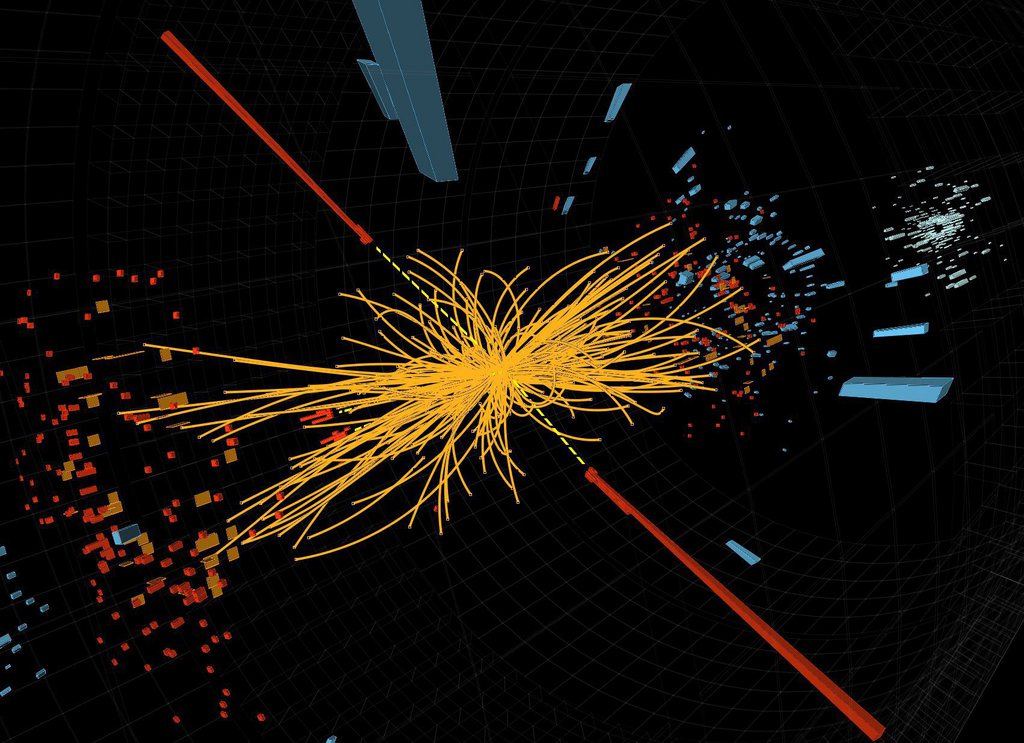
Researchers at Cern have won the most lucrative physics prize ever, awarded by a foundation launched by Russian technology investor Yuri Milner, for their efforts in the discovery of a Higgs-like particle.
The exceptional prize awarded to European Organization for Nuclear Research (Cern) physicists rewards some of the heads of the main research projects at the world’s leading laboratory for particle physics, based in Geneva.
Peter Jenni, Fabiola Gianotti, Michel Della Negra, Tejinder Singh Virdee, Guido Tonelli, Joe Incandela and Lyn Evans will share the $3 million (SFr2.8 million) from the Fundamental Physics Prize Foundation.
At the same time Russian billionaire Milner also awarded another special prize endowed with $3 million to Stephen Hawking for his discovery of Hawking radiation from black holes, and his contributions to quantum research and explanations of the early universe.
“It is a great honour for the LHC [Large Hadron Collider]’s achievement to be recognized in this way,” said Cern Director-General Rolf Heuer. “The Fundamental Physics Prize underlines the value of fundamental physics to society.”
Milner launched the physics prize foundation in July this year to advance the understanding of the universe. The $27 million foundation will award $3 million every year to researchers in fundamental physics, who are subsequently invited to select recipients of future prizes.
In July, Heuer announced the discovery of a new particle consistent with the Higgs boson. Researchers at Cern have been colliding protons at near light-speed in the LHC – the world’s most powerful particle accelerator – to investigate dark matter, antimatter and the creation of the universe.
The experiments, which take place in a large underground tunnel below the Swiss-French border aim to explain the massive explosion known as the Big Bang, which gave rise to stars and planets.
“It’s fantastic news,” said Lyn Evans, who led the LHC project during the construction period. “The tremendous performance of [research projects] ATLAS, CMS and the LHC is witness to the skill and dedication of our many collaborators which we are very proud to represent.”
In the Large Hadron Collider, high-energy protons in two counter-rotating beams are smashed together to search for exotic particles.
The beams contain billions of protons. Travelling just under the speed of light, they are guided by thousands of superconducting magnets.
The beams usually move through two vacuum pipes, but at four points they collide in the hearts of the main experiments, known by their acronyms: ALICE, ATLAS, CMS, and LHCb.
When operational, the detectors see up to 600 million collision events per second, with the experiments scouring the data for signs of extremely rare events such as the creation of the so-called God particle, the yet-to-be-discovered Higgs boson.

In compliance with the JTI standards
More: SWI swissinfo.ch certified by the Journalism Trust Initiative
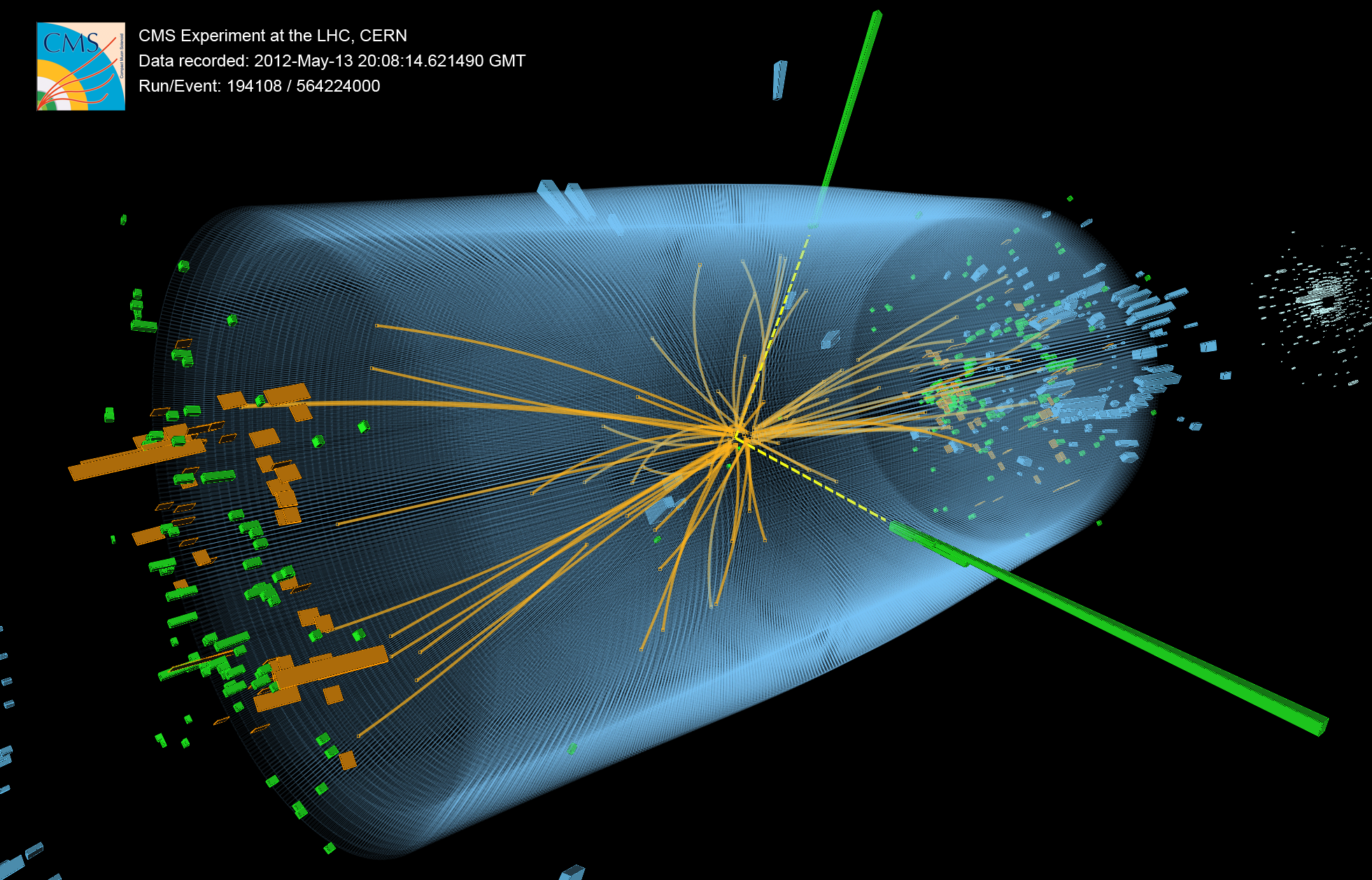
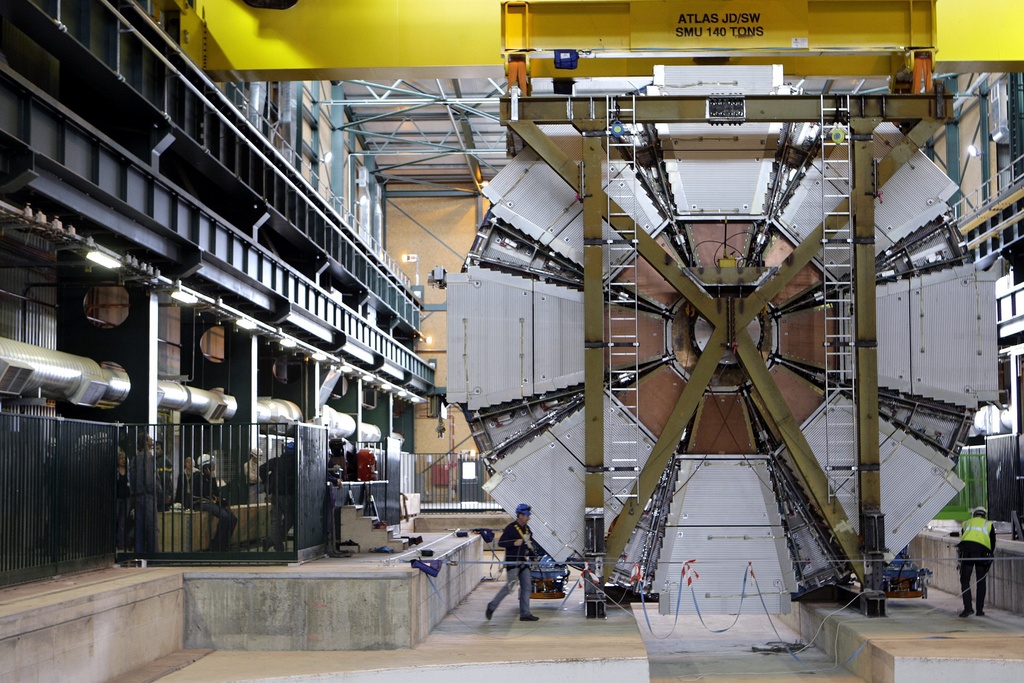
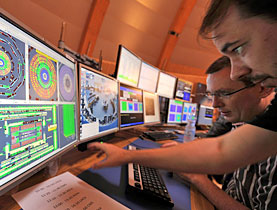
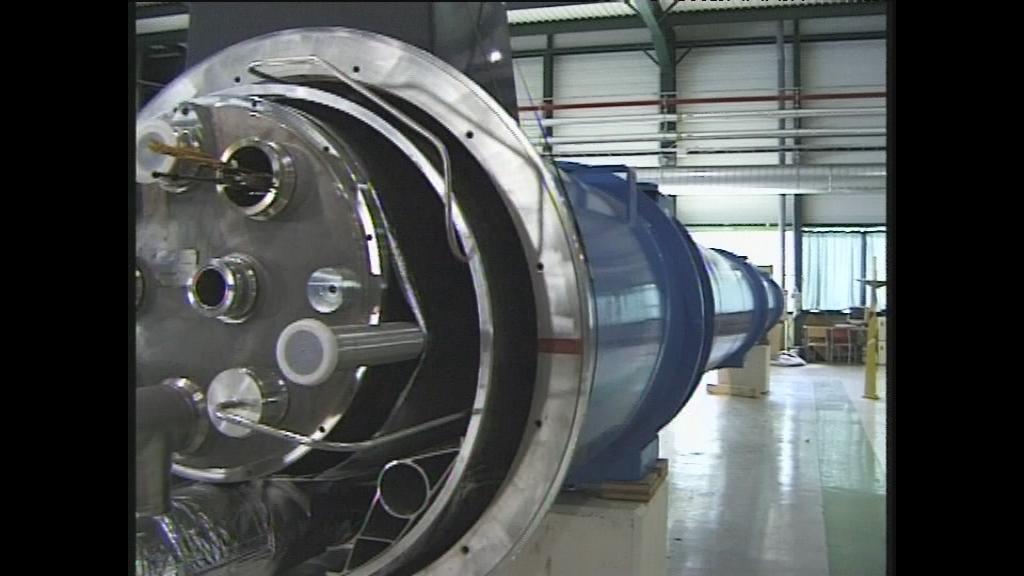
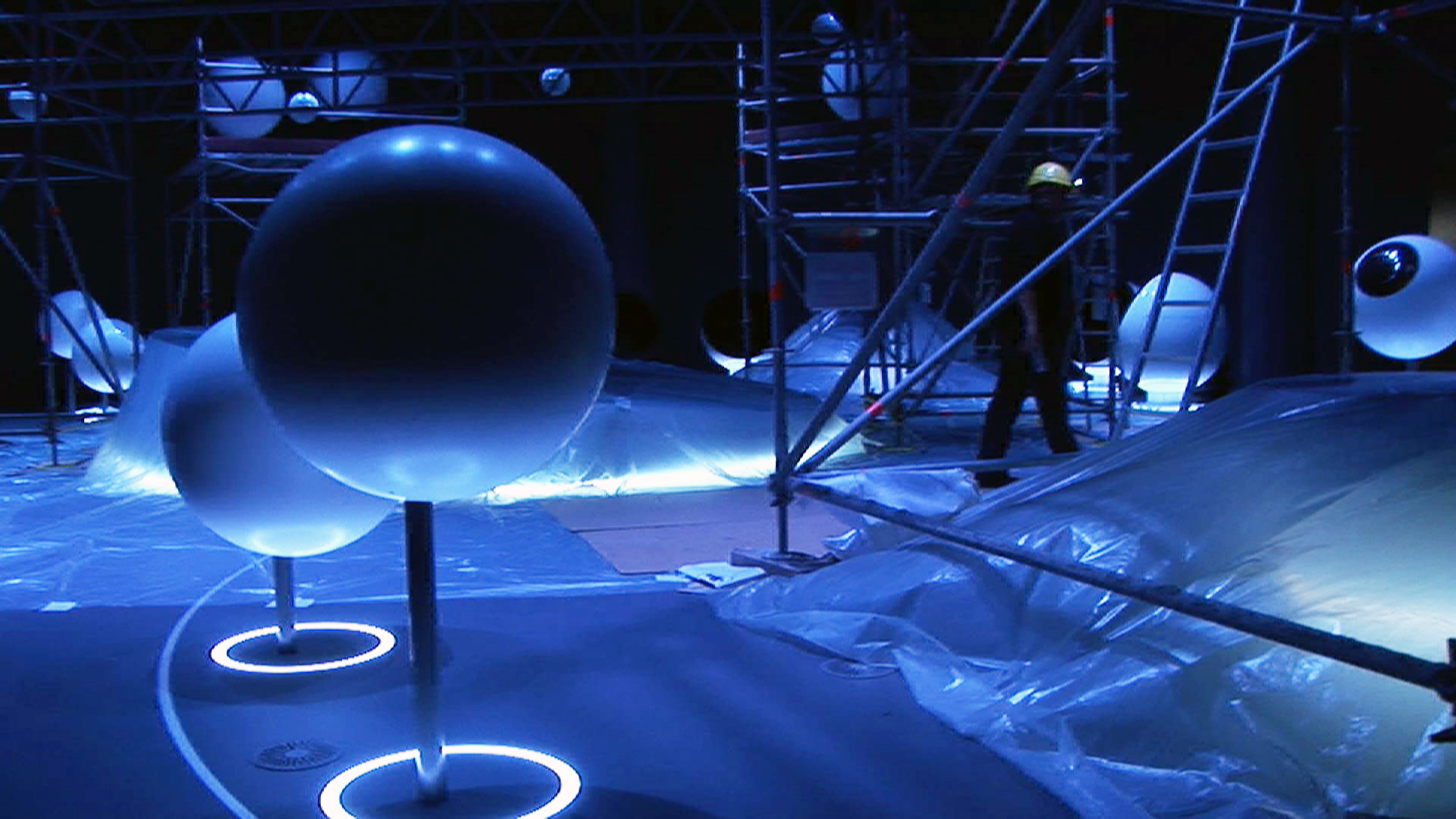
You can find an overview of ongoing debates with our journalists here. Please join us!
If you want to start a conversation about a topic raised in this article or want to report factual errors, email us at english@swissinfo.ch.